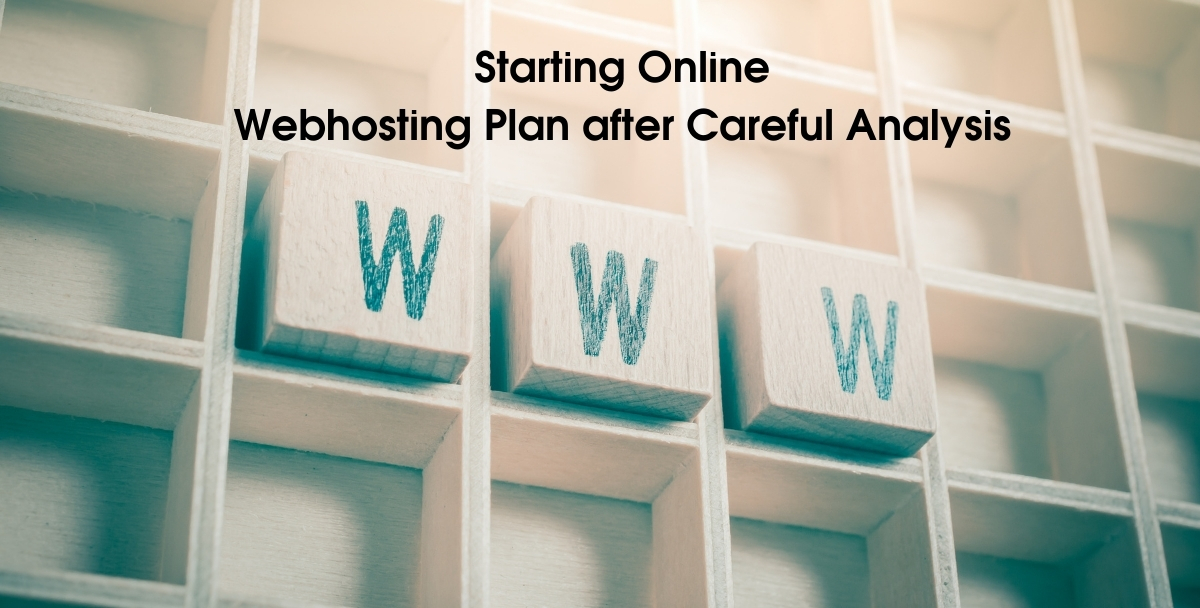Enterprise Risk Management System – A Practical Technique for Identifying Business Risks

There was a time when workflow automation software was expensive. Only a few companies could afford to implement these. However, this has changed with the advent of cloud computing. The top providers like IBM Corporation, Newgen Software Technologies Ltd., Nintex UK Ltd., Oracle Corporation, Appian, Pegasystems Inc., Xerox Corporation, and Software AG offer Workflow Management Software on cloud platforms. With this in place, it is now much more affordable.
Moreover, these vendors offer their software in a monthly subscription format. There is no need for a high one-time investment. Another cost advantage is most of the vendors offer plans that start from a basic plan which is highly affordable. Based on the needs of the company, there is a choice of higher plans like the standard plan, professional plan, or enterprise plan. Each higher plan comes with added benefits and features.
The development in science and technology has encouraged many new business ideas to come to the forefront of the market. They have established themselves capable of producing unique business ideas that have filled the market with diverse products and services. But modern businesses also have to face numerous pertaining risks and potential dangers.
Traditionally, the firms handled periods of crisis by giving responsibilities to each division to manage the dealings separately. But today, companies are emerging globally to spread their business ideas and need a systematic approach to managing the risks. Enterprise Risk Management (ERM) works to identify the potential risk factors a firm may face and devises a backup plan for such cases. The enterprise risk management software conducts coordination amongst the business units to set up stable communication that enhances the company’s ability to manage risks.
The companies must set up a separate team to perform risk management activities. The ERM in a company decides which risk should be brought to the forefront and which can be avoided. This gives the firm a broader idea of the dangers the company may face while operating in the market. There are several components that a company needs to approach to build an efficient Enterprise Risk Management System. These are listed below—
- The environment of the Workplace- The working environment of a company and its corporate culture are set by its employees. This internal environment affects the enterprise’s approach to dealing with the risk factors and sets the philosophy of the management towards it. The internal atmosphere of the firm is reflected through the actions of the employees though it can be set up by the upper management too.
- Determining the Objectives- The purpose of a business is to achieve its goal, for which it must set up a list of objectives. These objectives must be designed keeping in mind the potential risk factors. Companies must be aware of their ambitious goals’ internal and external risk elements. ERM sets up a plan that provides various ways to eliminate risks aligned with the company’s objectives.
- Identification of the Events- Events have much to do with the company’s operations. A positive event positively impacts the firm, while a negative event hinders the company’s ability to operate. Enterprise risk management software guides firms in recognizing the nature of events associated with various aspects of the business. Thus the company can prepare itself for the outcome of an event and have a strategy to follow in case of crisis.
- Assessment of Risk- ERM identifies the events’ nature and follows up with a proper risk assessment. This approach ensures that the company knows about its potential threats and their impact on its operations and finances. The assessment of risk prepares the company for emergencies allowing them to tackle the situation without hampering the company’s goals.
- Response to Risks– The risk Management System of a company also decides how the firm can control the potential dangers. The company can minimize the magnitude of risks by setting up a backup plan beforehand. The firms may also avoid the pertaining risk factors by giving up on the benefits of an activity attracting risks.
- Risk Control- These are the precautions taken by the firm to ensure that the management continues its operations while mitigating the risk. This can be divided into two types—
- Preventative Measures- This ensures that the firm has taken the necessary steps to stop an event from happening. These control measures are taken to eliminate the chances of emergencies in a business.
- Detective Measures- Detective measures help the company recognize the company’s actions that can attract risks. This alerts the employers and employees so that they can take necessary preventive measures in advance.
- Effective Data and Communication– The ERM system in a company communicates the necessary information to the management that helps them to understand the company’s risk profile. This enables efficient risk management as all the firm’s departments are equally monitored. The related risk factors should be communicated to the employees to get a better view of the company’s operations and assure the protection of the company’s assets.
Conclusion
A systematic Enterprise Risk Management System enables the firm to spread awareness about the company’s potential risk factors among its employees. It helps the entire firm build confidence in their actions, improve the strategies and enhance operational efficiency. Every business to run smoothly should incorporate an ERM System in its management as it is the best way to identify and approach risks.to implement workflow automation software depends on these factors:
- Features
- Vendor offering
- One-time
- Type of plan




